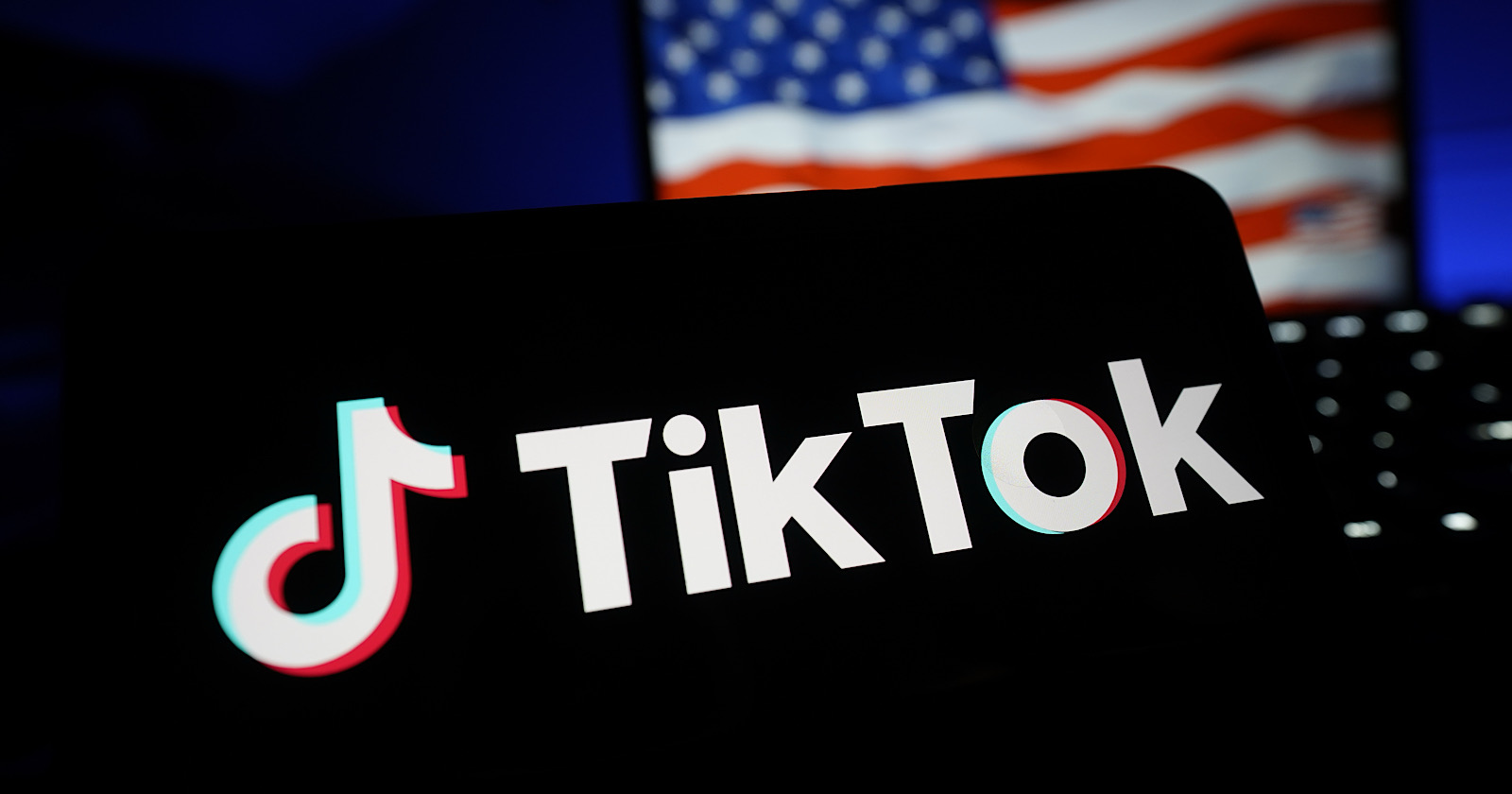How to build your sonic brand with podcast advertising
Marketers have used audio advertising for decades, but as new audio channels, sonic branding is becoming just as important as visual.

Sonic branding is all the buzz lately, and marketing teams across industries are clamoring for sounds to set their companies apart. While audio branding leverages time-tested creative and advertising techniques, sonic branding can now encompass so much more.
What is the distinction between sonic and audio branding? Audio branding is the umbrella that includes all of the sounds your company makes, while sonic branding is a single, simple jingle, voice, or logo that represents your brand.
You probably still remember some catchy jingles from long-ago radio ads for car dealerships or grocery stores. Sonic branding has a rich history, but according to market research firm Ipsos, fewer than 10% of brand assets use audio cues, despite the fact that audio proves much more effective than visual cues when it comes to brand recall, brand connection and purchase intent.
One fast-growing audio channel that is gaining traction in this space is podcast advertising. It’s an exciting time for the industry to rethink the sonic branding experience and update it to fit the way modern listeners consume media today. At Ad Results Media (ARM), we believe that podcast advertising has the potential to shape the future of sonic branding techniques and outcomes.
The concept of what sonic branding can accomplish will evolve as more time is invested in podcasting, both by brands and by listeners. Let’s get started.
Identifying your business’s sonic brand
Unless your company or product has made a concerted effort to focus on a consistent sonic brand, its sound is likely all over the place. This is understandable, but a good place to start to understand your brand’s needs is to ask the following questions:
Which podcast hosts do live-read ads for you? Who does this most often? For the longest duration? Are there any consistent intro and outro sounds, signals or noises used in your ads? Do your pre-produced and host-read ads share any similar sonic components? Are they all vastly different? Have you given creative freedom to several media partners, agencies, hosts and producers that have resulted in significantly divergent ads? Are there any sonic similarities between your ad creative for each popular ad format: pre-roll, mid-roll and post-roll? Any major differences?By looking that the responses to these questions, your team can begin to identity opportunities and formats for sonic branding elements that the brand could utilize in its podcast advertising.
Aligning podcast branding with sonic branding
Can specific podcast hosts be your sonic brand? It’s an interesting concept. For example, if you have a well-defined brand voice and personality on social media, a podcast host who shares that personality and storytelling style could conceivably be the voice of your brand in much the way a spokesmodel could be the face of a campaign. Think of your top podcast host partners as sonic ambassadors and choose them wisely. If done properly, they could lend their signature style and voice to your advertising and increase ad recall—oftentimes the audience will associate a specific brand or product with the stories or unofficial jingles shared by hosts.
There is also the potential to engage with podcast hosts outside of the typical podcast ad formats. For instance, the voices of Alexa and Siri are immediately recognizable to many, and consumers associate them with the Amazon and Apple brands, respectively. Brands could piggyback on this concept by partnering with their favorite podcast hosts to be the voice of their smart speaker apps or voice assistants—even if just for a limited time or special app integration. The consistency of voice would create familiarity across channels and would strengthen recall and connection.
Dipping your toes in the sonic branding waters
If sonic branding feels like a completely new frontier, ARM recommends that you start with a test-and-learn approach. As always, clearly establish KPIs upfront, but focus on the ones we know audio cues are particularly good at influencing: recall, brand connection and purchase intent.
By testing sounds, you may learn that some intro sounds do not work for the outro, or vice versa. Something that sounds great on a podcast might not translate to the app, and not every podcast host who does successful ads will be the right fit for an overall branding sound. In addition, be realistic about the testing duration needed to demonstrate results. Unlike TV and radio impressions, podcast impressions are cumulative, so a wider observance window will yield more accurate results.
All of marketing is testing and discovery, and audio advertising is no different. Rome wasn’t built in a day, and neither will your sonic brand.
For more information on sonic branding and podcast advertising, please reach out to the team at Ad Results Media.

 Aliver
Aliver 
































